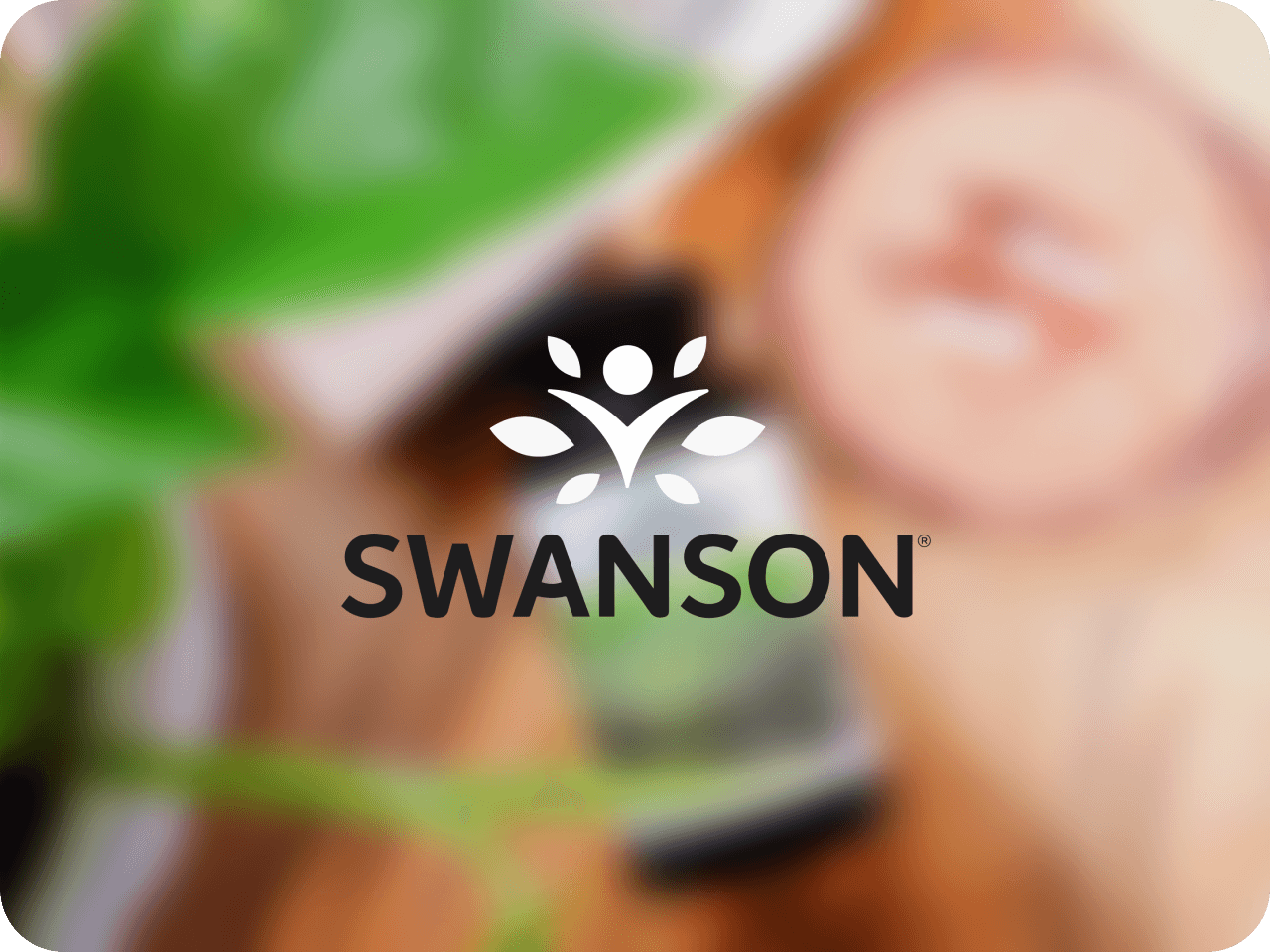Comparing DreamHack conversations on TikTok vs. Podcasts
DreamHack, a globally renowned gaming festival, sparks diverse conversations across social media. But how do discussions vary between TikTok and podcasts? Our latest analysis provides a unique glimpse into the topics and emotions expressed on these platforms, highlighting the differences in how DreamHack is perceived and discussed.
Our data shows that TikTok holds the lion’s share of mentions, with 67.8% of conversations, while podcasts make up 32.2%. This difference likely reflects the nature of each platform: TikTok’s quick, visually engaging videos versus the more in-depth and long-form discussions found in podcasts.
Differences between the platforms
TikTok users often share quick reactions, snippets from the event, and fan interactions, creating a fast-paced, visually dynamic view of DreamHack. Key topics on TikTok include event preparations and excitement, behind-the-scenes moments, and discussions about cosplay and Artist Alley—a section at DreamHack where artists showcase and sell their work.
On TikTok, the sentiment varies but leans heavily toward excitement and positive vibes, reflecting the platform’s tendency for energetic and engaging content.
Podcasts, on the other hand, provide space for deeper reflections and storytelling. They feature insights into DreamHack’s history and its impact on gaming culture, as well as discussions about the gaming industry, event reviews, and interviews with industry figures.
The sentiment on podcasts is generally mixed, with detailed analyses that explore both positive aspects and areas for improvement, offering listeners a balanced perspective on DreamHack.
Conclusion: Two Platforms, Two Perspectives
The contrast between TikTok’s bite-sized, enthusiastic content and podcasts’ more extensive discussions highlights how different media influence the way people talk about events like DreamHack. For fans and analysts alike, each platform offers valuable, albeit distinct, insights into the world of gaming events.
By understanding these variations, marketers and event organizers can tailor their content strategies to maximize engagement, ensuring DreamHack continues to resonate across diverse audiences. Additionally, understanding how different media types affect reach can be leveraged to enhance and optimize other events and campaigns as well.
The importance of monitoring audio
Sound has always influenced humans, long before we learned to read and write. So, it's perhaps not surprising that spoken media is generally quicker to grasp than written text. Today, the spoken word is available to us on-demand, through podcasts and social media. Unlike other social listening services, All Ears is the only one that truly listens - and at scale. Up to 1,000 hours of spoken media are listened to and transcribed daily, allowing you to stay on top of the latest trends, compare different media types like those mentioned above, and optimize your content strategies accordingly.


